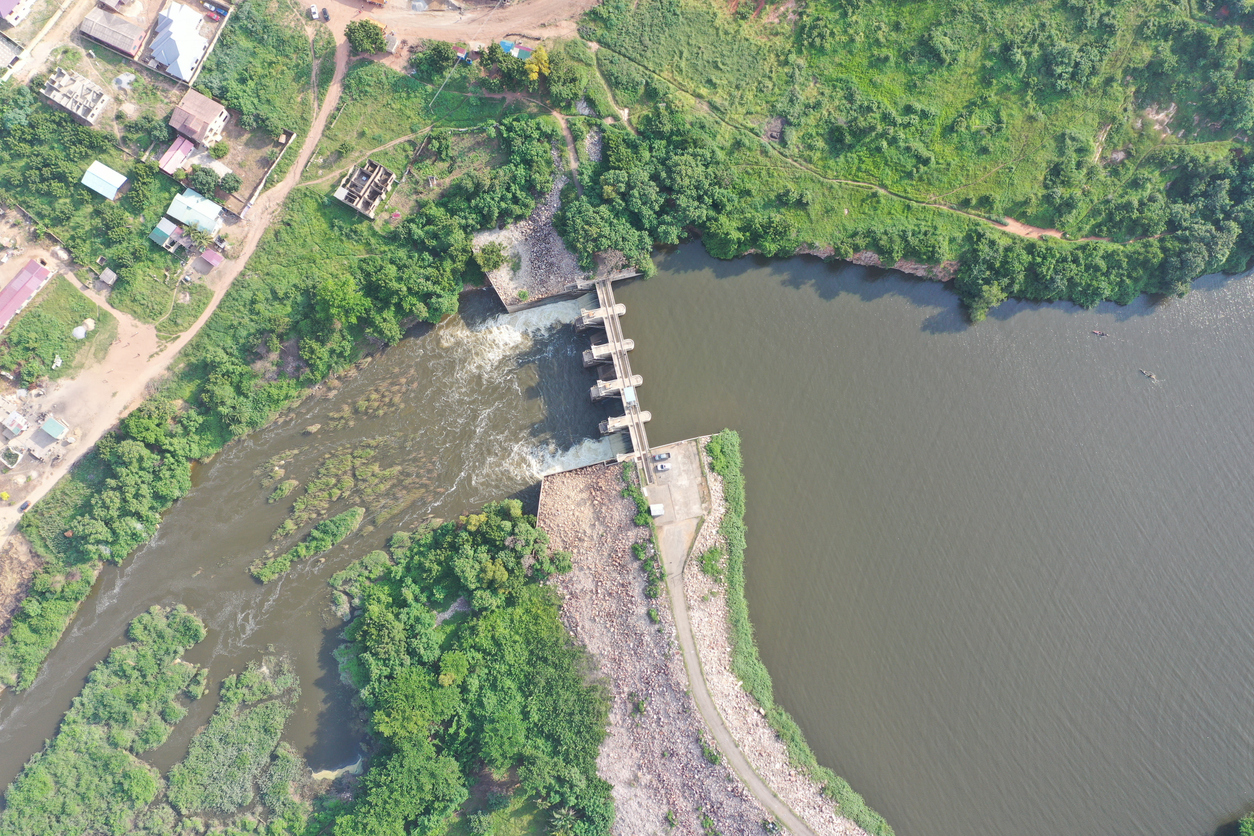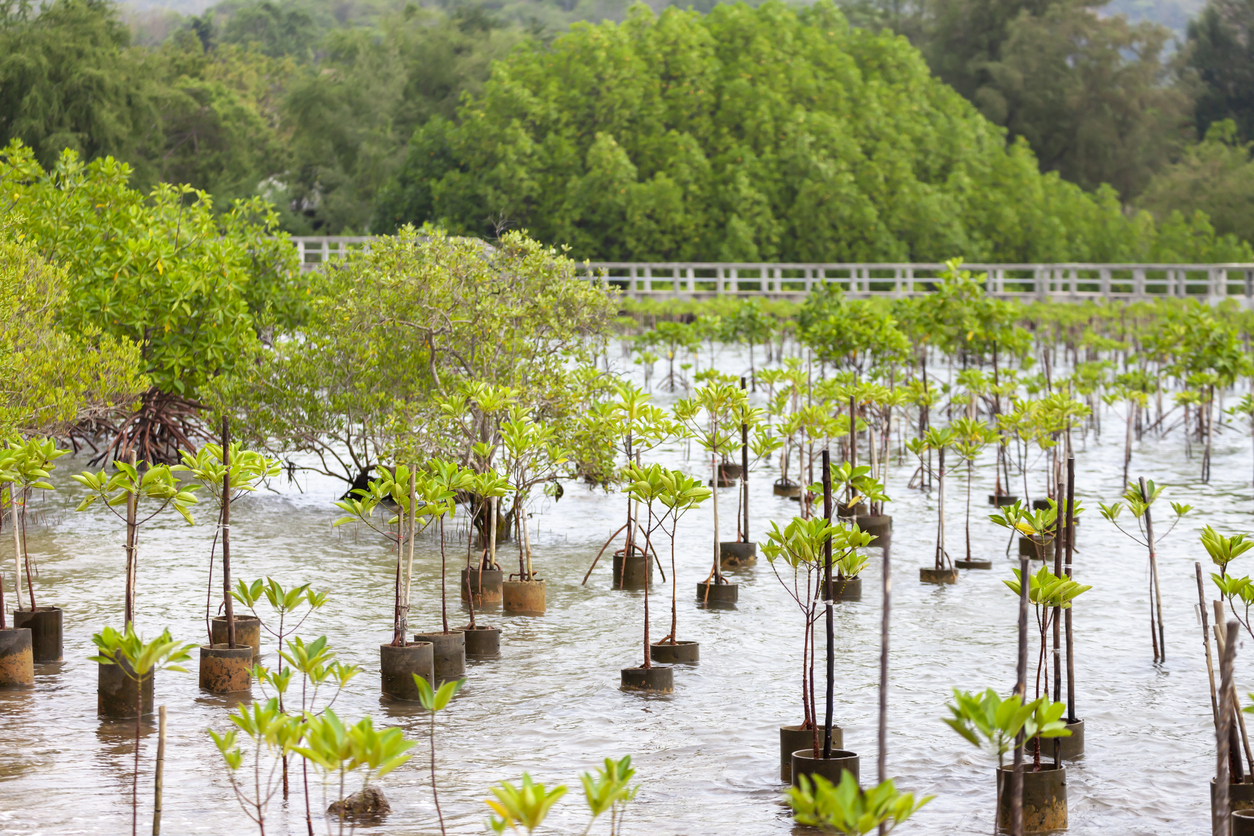Four Ways People and Communities Can Adapt to Hurricanes
Over the past decade, coastal flooding resulting from extreme events has highlighted a lack of resilience in coastal populations, especially among disadvantaged and isolated communities. Better preparedness and the ability to take precautionary measures in response to threats are key to enhancing community resilience.
I
n the first nine months of 2022, extreme weather events cost the world a staggering US$ 29 billion. Hurricane Ian alone resulted in US$ 50-65 billion in damages after it struck the United States in September.
After flooding, tropical cyclones are some of the world’s most frequent disasters, and they claim thousands of lives, destroy infrastructure and devastate economies.
In the Philippines, Typhoon Rai made landfall in 2021, affecting 10.6 million people and killing 457. Cyclone Nargis, which struck Myanmar in 2008, took the lives of over 140,000 people.
Although these mega-disasters are rare, their occurrence and intensity are projected to increase with a warming planet, according to the International Panel on Climate Change (IPCC). Low- and low-middle-income countries bear the brunt of these cyclones, accounting for 93% of deaths.
Storm damage is the most expensive type of natural disaster with US$ 936 billion spent during the ten years from 1994 to 2013.
Over the past decade, coastal flooding resulting from extreme events, such as hurricanes Katrina, Rita and Sandy, has highlighted a lack of resilience in coastal populations, especially among disadvantaged and isolated communities.
Better preparedness and the ability to take precautionary measures in response to threats are key to enhancing community resilience. In Bangladesh, the formation of the Cyclone Preparedness Programme, the construction of cyclone shelters, the dissemination of warnings, and improvements in the accuracy of cyclone forecasts have all played a part in increasing resilience. In Cuba, disaster preparedness and prevention are part of all school and university curricula. This means that people are able to understand warning messages and know how to respond adequately.
While taking preventative steps to adapt to these disasters can save lives and entire economies, the likely future impact of climate change on coastal flooding and the combination of growing coastal populations and rising sea levels create a major hazard that requires urgent adaptation acceleration. Below, find a roadmap to accelerate adaptation to hurricanes:
1. Merging Nature-based Solutions and infrastructure to enhance resilience

The IPCC defines adaptation as ‘‘the process of adjustment to actual or expected climate and its effects, in order to moderate harm or exploit beneficial opportunities”. Adaptation can take place at a number of levels, from local to global, addressing climate-related problems at that particular level.
Hard adaptation involves the construction of physical infrastructure and improvements to the existing infrastructure, such as seawalls and drainage systems.
Soft adaptation or Nature-based Solutions (NbS) including beach nourishment and mangrove restoration are attractive because of additional benefits such as recreation.
Incorporating NbS around hard adaptation can enhance the sustainability of physical infrastructure. Marsh foreshores, for example, help reduce erosion on dikes, reducing the fail rate of hard adaptation infrastructure. Hedgerows with shorter bushes facing the prevailing winds have been shown to help divert storm winds over buildings.
Ways of incorporating NbS include protecting and restoring rivers, wetlands, coastal and marine ecosystems, improving soil and forest health in wildlands, agricultural lands, and urban areas.
2. Investing in climate adaptation

Financial constraints, short planning horizons and climate change skepticism can be considered barriers to adaptation.
There is a need to shift the way investment decisions are made to account for climate risks, scaling up and deploying public funds more effectively, scaling disaster risk finance and insurance, and harnessing private capital for resilience.
Institutions must prepare for new financial investment initiatives such as green bonds for climate resilience, of which some portion or all proceeds are allocated to investments that support climate adaptation and increase resilience to physical climate risks.
In US cities, financial constraints to adaptation have been mitigated by the availability of state grants.
3. Engaging in Locally Led Adaptation
Recognizing the highly localized nature of climate impacts and the vital need for accountability to poor and marginalized communities affected by climate change, Locally Led Adaptation (LLA) planning is a promising strategy.
GCA’s Global Hub on Locally Led Adaptation launched recently by Prime Minister of Bangladesh, H.E. Sheikh Hasina, aims to accelerate and scale up Locally Led Adaptation by alleviating knowledge and capacity constraints. The Hub’s global platform contains curated information for LLA practitioners and local communities around the world seeking the latest LLA knowledge and solutions.
FEMA has also recently developed a guide for local communities on building resilience with Nature-based Solutions to enhance their implementation.
4. Raising awareness to counter climate skepticism

Climate change risk perception tends to be variable, and higher levels of risk perception are associated with adaptation action.
For example, US cities with higher flood risk are more involved in adaptation. Past hazard experience plays an important role as a trigger of adaptation action, with adaptation in US cities increasing after major hurricanes.
The relation between climate risk perception and adaptation action is mediated by climate change beliefs. Climate change skepticism can be mitigated through awareness creation, particularly at the community level.
For more information on this and other locally led solutions, visit GCA’s Global Hub on Locally Led Adaptation.

Fleur Wouterse is GCA’s Director of Research. A development economist, she is mainly concerned with research on climate change adaptation and resilience of rural households. Fleur has over 15 years of experience studying the economic behavior of smallholder farmers in Africa and the role of human capital therein, and has published widely on the topic. In a separate strand of research, she has studied the role of institutions in a sustainable rural transformation. As an editor, Fleur oversaw the publication of the 2018 Annual Trends and Outlook Report of ReSAKSS, Africa’s Strategic Analysis and Knowledge Support System, a book on Transformation and Growth in Niger’s Agricultural Sector, and a series of thematic research notes. Fleur obtained her PhD from Wageningen University in 2006 and was a Senior Research Fellow and Head of IFPRI’s West and Central Africa office in Dakar prior to joining GCA.